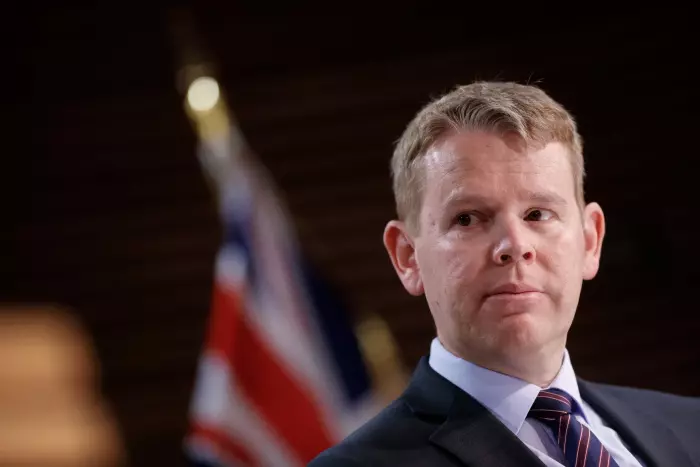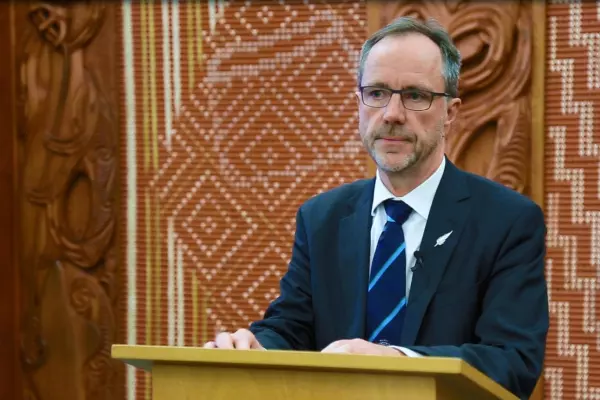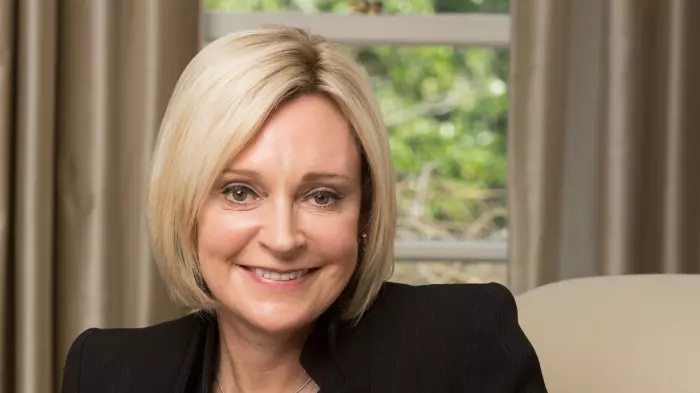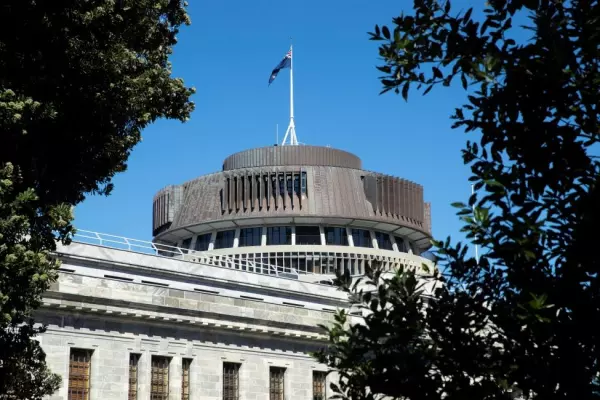Despite a crackdown, most government departments are paying higher bills for contractors and consultants.
Figures released by the Public Service Commission on Tuesday show the total public service spend on contractors and consultants fell in the last financial year from $968 million to $939m.
This 3% cut is the first such decrease since a new policy to decrease reliance on contractors and consultants was introduced in 2018.
But much of the fall can be attributed to the Inland Revenue Department (IRD) nearing the end of its consultant-heavy $1.5 billion business transformation project.
IRD’s bill for contractors and consultants fell from $184m to $111m in the year to June 30, a decrease of nearly 40%.
Meanwhile, 20 out of 34 public service agencies actually increased their spending on contractors and consultants. Without the reduction at IRD, the total spend by the public service would have gone up.
In 2018, the government removed a cap that had been placed on the total numbers that could be employed by the core public service, with the expectation that over time it would build the optimal mix of public servants, contractors and consultants.
Public service minister Chris Hipkins said the government had invested significantly in the capability of the public service and wanted greater transparency on how much was being spent on contractors and consultants.
“The previous government imposed a cap [on public service employees], which not only led to a huge rise in consultants and contractors, but it found creative ways to get around the cap, so it was largely meaningless.”
Figures supplied by Hipkins’ office show that consultant and contractor costs almost doubled from $278m in 2009 to $550m in 2017.
This was based on answers given to select committees by 22 out of the then 29 public service departments. In 2018, the Labour-led government changed how such data was reported, replacing it with a system intended to create greater consistency.
It also introduced a new key reporting metric that tracks the percentage of operating expenditure on contractors and consultants as a share of total public service workforce expenditure.
This percentage has steadily decreased, mainly because of the growth in the numbers of public servants – although operating expenditure on consultants did fall slightly in each of the last two years.
Public service commissioner Peter Hughes told BusinessDesk the reduction in spending on contractors and consultants was the result of four to five years’ “heavy investment” in the capability of the public service.
Over recent years, some work had been contracted out that “should actually be core capacity in government departments,” Hughes said. “Deep technical expertise is something I expect to see in government departments and that we are, to an extent, growing back.”
Big spenders
Five government departments account for more than half of the public service operating spending on contractors and consultants.
The Ministry for Business, Innovation and Employment (MBIE) spent the most on such contractors and consultants ($69m), followed by Inland Revenue ($67m), Ministry of Education ($63m) and Department of Internal Affairs ($59m).
MBIE’s operating spend on contractors and consultants had been $81m in 2018, when the new policy was introduced. When compared against its expenditure on personnel, MBIE has the lowest proportion out of these four agencies at 11.7%, but still above the public service average of 10.3%
The Ministry of Health also had its operating spending on contractors and consultants on a downward track until the covid-19 response saw it more than double from $19m in 2019 to $53m in 2021, making it now the fifth largest in terms of dollar spend and the largest proportionate spend.
Do you know something we should know? Email BusinessDesk's public sector investigation team: [email protected].















